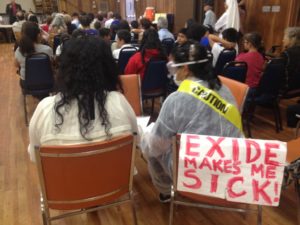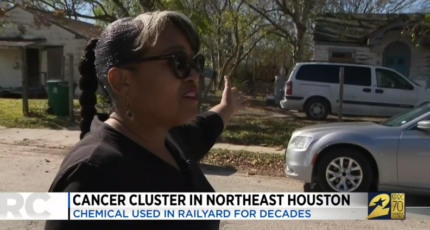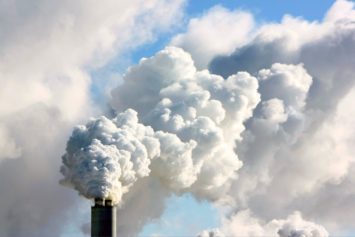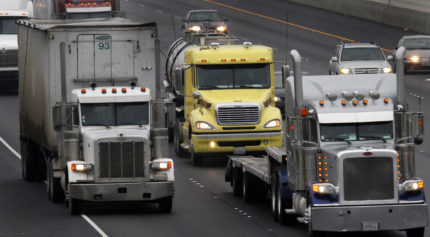
Exide Technologies, one of the world’s largest producers and distributors of batteries, avoided criminal charges by vowing to control the release of environmental hazards as it shuts down its recycling plant in L.A. suburb Vernon.
The American Lung Association says residents of these “toxic hot spots” are at an increased risk of developing varying health complications. Black, low-income communities disproportionately bear the burden of air pollution because of their close proximity to freeways and pollution-causing industries, as well as their lack of green space.
This classifies as a classic case of environmental racism, where the marginalized population is subjected to hazardous conditions and social inequity. These types of injustices often are overlooked because the unequal distribution of the pollution does not capture as much attention as more sensational crimes, such as police shooting unarmed Black men or the wage gap or the disparate number of Black men in prison.
But a case like the Exide plant could be just as deadly as a bullet.
Air toxins primarily come from large chemical manufacturers, gas stations, automobile paint and body shops, print shops and dry cleaners. The emissions from smaller polluting facilities are not regulated because these facilities are not recorded in government regulatory databases, according to the Liberty Hill Foundation. All communities may face pollution, but it is more common and devastating to low-income communities.
The Los Angeles Times reported that 1.2 million L.A. residents live within two miles of facilities handling hazardous waste—91 percent of whom are people of color.
According to a 2002 Environmental Protection Agency report, 71 percent of African-Americans live in counties that violate federal air pollution standards, compared to 58 percent of the white population. Breathing in too much bad air can not only result in higher blood lead levels and eye problems, but also asthma, which is triggered by high quantities of particulate matter. Blacks are three times more likely to die from asthma-related problems than whites. Also, poor air quality increases the risk of sudden infant death syndrome (SIDS) and other serious respiratory problems.
Additionally, most communities of color live near power plants, oil refineries or waste management facilities. Industrial waste that is not disposed of appropriately (or legally) can get into the water system and land used for housing and agriculture. A report called “Air of Injustice: African Americans and Power Plant Pollution” said 68 percent of Blacks live within 30 miles of a coal-fired power plant, as compared to 56 percent of whites.
Jared Blumenfield, regional administrator of the Environmental Protection Agency, said to sundial.csu.edu. “The quality of your environment cannot be dependent on the color of your skin, the size of your bank account, whether you were born on tribal lands… Environmental justice cannot be an afterthought – it must be central to how we think and what we do so that we can offer meaningful assistance to communities that have been left behind.”


